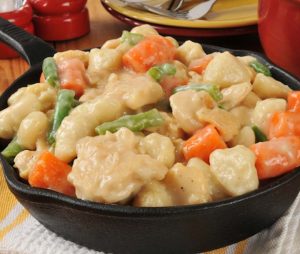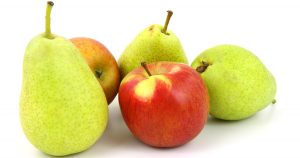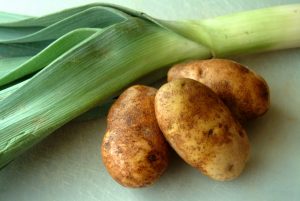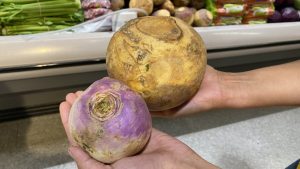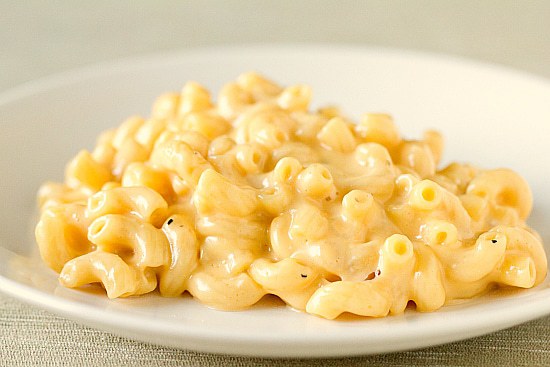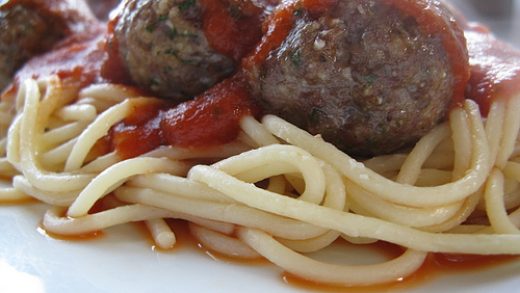As the weather gets colder, the bounty of summer will begin disappearing from the markets. Soon we’ll be seeing more produce from South America. But that doesn’t mean you can’t still buy local produce for a few more months.
Of course, a lot depends on where you are. Those readers in Florida know that produce, especially citrus fruits, is available through most of the winter months. California and the West Coast have longer growing seasons and milder winters. That allows them to keep growing food practically year-round.
But those in the Northern, Eastern, and Midwestern states know nothing much grows from November through March. That means a lot of what’s available at farmers’ markets will be fruits and vegetables that can be stored. Also available for a while will be late-harvest vegetables, mostly root vegetables.
If you’re one of our readers outside the U.S., let us know by using the comments link what’s going to be in-season where you are during winter.
What follows are foods that should still be available in year-round farmers’ markets and in season in your supermarket. As an alternative, rather than buying fruits and vegetables from South America, look into using more frozen goods, which are packed at the peak of their seasons.
Lots Of Cool Produce
Apples and Pears. These are two fruits that can stand up to storage in a cool place for a few months. If you have room in the refrigerator or a root cellar, buy a bag to carry you through at least some of the Winter.
Winter Squash, Butternut Squash, Acorn Squash. I’m not a big squash fan, but lots of people are. Butternut squash makes good soup. Baking an Acorn squash with a little butter and cinnamon is great. And Winter squash brightens up a vegetable saute or stir-fry.
Potatoes, Sweet potatoes, onions, garlic, leeks. These are all root vegetables that are not only harvested in the fall but can keep for some time in a cool, dark place. There are lots of things you can do with all of these.
Cabbage. Cabbage will usually hold up fairly well for a while after picking. But fermenting, as in Kimchi, Sauerkraut, or pickling will keep this vegetable strong for months to come.
Cauliflower, Broccoli, Brussels Sprouts. Cabbage has lots of relatives. Broccoli and cauliflower keep for several days and are easy to cook, usually steaming. Other vegetables in this group often are harvested earlier in the season and require a little more skill to get them right.
Turnips. Another member of the cabbage family, it is often grown and used in the same parts of the world as cabbage. It has a sharp, tangy flavor that’s good in soups. It is also cooked the same way potatoes are.
Beets. Beets are very versatile. The tops can be eaten as a salad or as cooked greens like spinach or collards. The stems are popular in Asian cooking, especially stir-fries, and have a taro flavor. The root part is the best known and can be boiled, grilled, steamed, or fried. Just peel and cut into pieces. Then season with butter, oil, and/or spices, and it tastes pretty good. Like most root vegetables, if stored properly it will last for several weeks.
